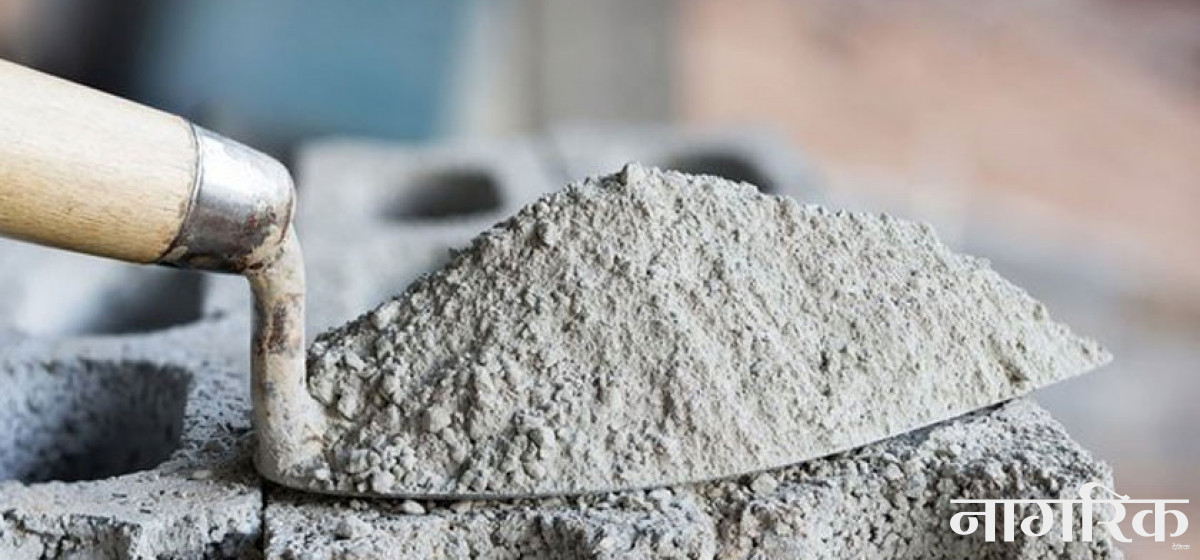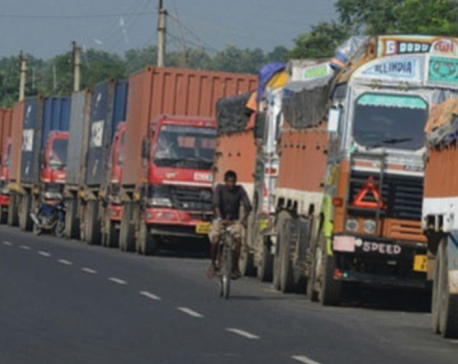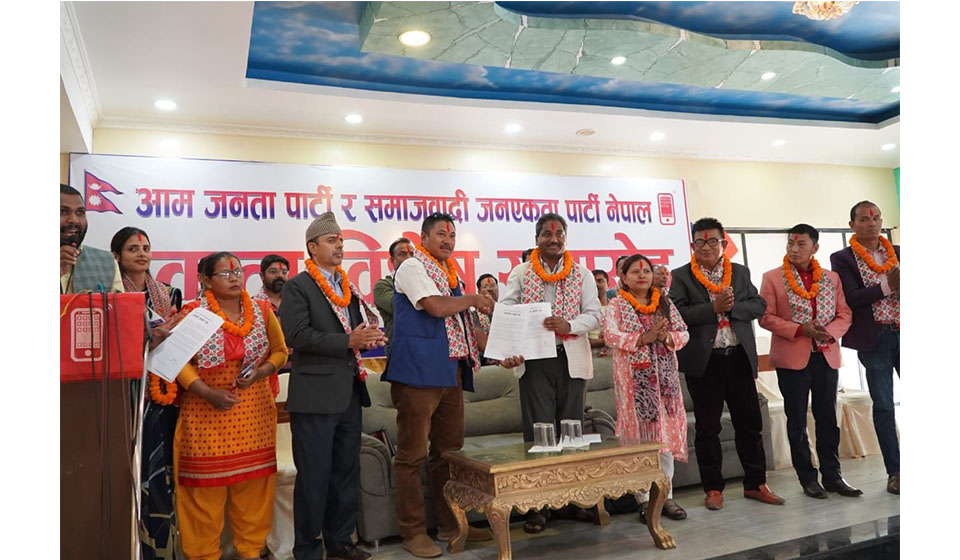
OR
Editorial
Nepal’s cement export: Positive stride towards economic growth
Published On: July 28, 2023 07:30 AM NPT By: Republica | @RepublicaNepal

In the midst of various challenges faced by Nepal in narrowing down its widening trade deficit, one significant ray of hope emerges in the form of the surging momentum seen in the export of cement. The FY 2022/23 witnessed Nepal earning around Rs 780 million from cement exports, a feat not to be underestimated. This development holds the potential to contribute substantially to the country's economic growth, and the government must capitalize on this opportunity while also exploring other potential areas for export to further bolster the nation's economy. The surge in cement exports has been made possible, in part, due to the government's prudent decision of providing cash subsidies on the export of this product. The three domestic cement manufacturers, Palpa Cement Industry, Arghakhachi Cement Limited, and Balaji Cement Industries, have been leading the charge in exporting their products, collectively contributing to over 1.04 tons of cement exported to India. These companies ventured into foreign markets following the government's initiative of offering up to an eight percent cash subsidy on cement exports along with additional subsidies of 2-15 percent on their electricity bills. This strategic move by the government has not only encouraged existing manufacturers to explore foreign markets but has also attracted other potential investors to enter the cement industry, thereby fostering healthy competition.
While the cement export figures are commendable, we must recognize that this is just the beginning, and there is immense untapped potential within the country's borders. Nepal is rich in natural resources, and it is essential for the government to prioritize harnessing these resources and exporting surplus products to international markets. One such potential area for export is hydroelectricity. The recent announcement by India to import at least 10,000 MW of electricity from Nepal is a positive development that should be capitalized upon. Developing and exporting hydroelectricity not only generates revenue but also strengthens Nepal's position as a regional power supplier, fostering long-term economic and diplomatic ties with neighboring nations. However, to fully harness this opportunity, the government must address certain challenges in the hydroelectricity sector. Infrastructure development, financing, and intergovernmental agreements are some of the hurdles that need to be overcome. Collaborative efforts between the public and private sectors, along with diplomatic negotiations with India, are crucial in ensuring the success of this venture. By exporting hydroelectricity, Nepal can transition towards a more sustainable and eco-friendly economic model, while also reaping the economic benefits of being an electricity exporter.
Additionally, the government should continuously explore other potential areas for export diversification. Over-reliance on a single sector can make the economy vulnerable to external shocks. Therefore, while the cement export momentum is promising, the government should encourage and incentivize other industries to explore foreign markets. Industries like agriculture, handicrafts, textiles, and information technology have the potential to thrive in international markets, generating additional revenue streams for the country. The cement industry in Nepal exhibits great potential for further growth. With over 50 cement companies operating within the country, 15 of which produce both cement and clinker, and a total production capacity of 22 million tons, Nepal has a strong foundation for cement export expansion. Nevertheless, to sustain this momentum and bolster the cement industry's competitiveness, the government should continue to support the sector through targeted policies and incentives.
Investing in research and development to improve the quality of cement and exploring opportunities for technological advancements will enhance the industry's competitiveness in the international market. Furthermore, the government should focus on infrastructure development, such as road networks and port facilities, to facilitate smooth and cost-effective transportation of cement exports. By prioritizing these initiatives, Nepal can become a key player in the regional cement market and gain a competitive edge over other producers. The surge in cement exports witnessed in Nepal is undeniably a positive development that deserves recognition and encouragement. Earning around Rs 780 million in FY 2022/23 from cement exports is a commendable achievement, but it is only the beginning of what the nation can achieve through strategic export planning. The government must continue to prioritize harnessing the country's resources and incentivizing export-oriented industries to bolster economic growth. Additionally, the government's commitment to export hydroelectricity to India is a promising step towards diversifying Nepal's export portfolio and strengthening its economic position in the region. With a proactive approach and collaborative efforts between the public and private sectors, Nepal can achieve sustained economic growth and prosperity.
You May Like This

Trade deficit increases by 30.5 per cent in 10 months
KATHMANDU, June 10: Nepal's trade deficit has increased by 30.5 percent in the first 10 months of current fiscal year... Read More...

Birgunj Customs Office sees three-fold rise in goods export in first quarter
PARSA, Dec 5: The export of Nepali products to neighboring India and other countries through the Birgunj Customs Office has... Read More...

Migrant workers bring in skills
Let’s use returning migrants’ skills and earnings to increase domestic production ... Read More...


Just In
- Sunkoshi-Marin Diversion Project’s tunnel construction nears completion, breakthrough scheduled for May 8
- Govt tightens security arrangement for Third Investment Summit 2024
- Pesticide residue found in vegetables in Nepalgunj
- Aam Janata Party and Samajwadi Jana Ekata Party merge
- 1,600 participants confirmed for Nepal Investment Summit
- Ilam-2 by-elections held peacefully, vote count likely to start tonight
- NEA schedules five-day power cut across Kathmandu Valley for underground cable installation
- Hundreds of passengers including foreign tourists in distress as poor visibility halts flights to and from PRIA







-1200x560-wm_20240427144118.jpg)






Leave A Comment